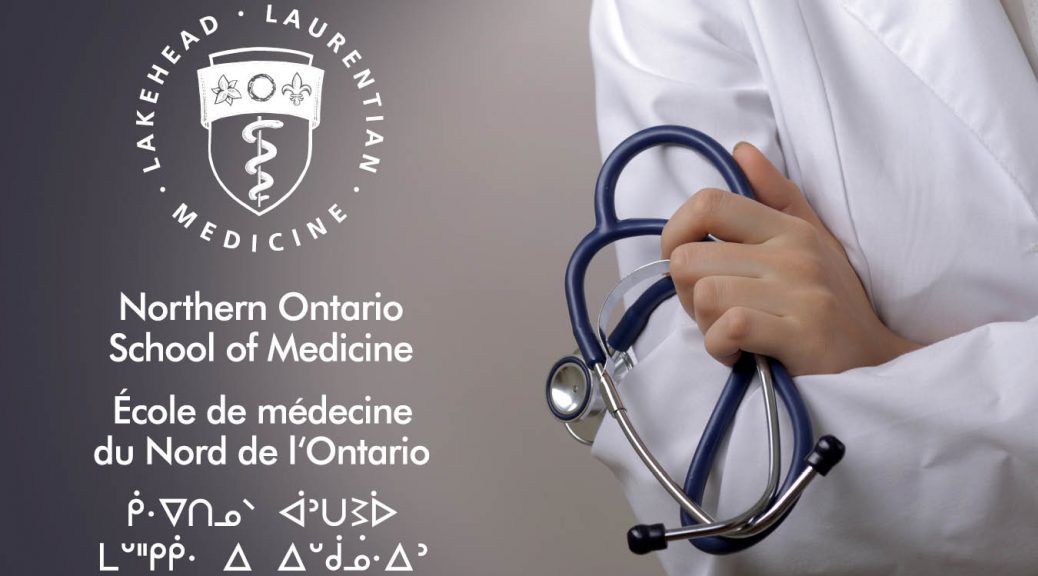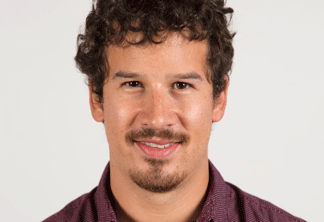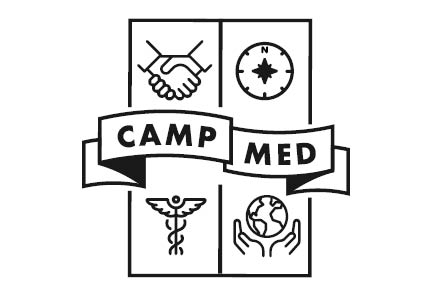The Northern Ontario School of Medicine (NOSM) is seeking two (2) individuals to join the Board of Directors in September 2019.
The Northern Ontario School of Medicine is more than a medical school; it is a strategy to address the health needs of Northern Ontarians, improve access to quality care, and contribute to the economic development of Northern Ontario. People, communities and organizations across the North had a dream that everyone in the region—no matter where they live—deserve access to quality health care.
The Northern Ontario School of Medicine is looking for individuals with appropriate expertise in some or all of the following areas:
- Knowledge of and experience in Indigenous health care, policy or administration, and governance;
- Expertise in financial management and oversight with designation, including financial reporting and auditing requirements of a complex private or public sector organization;
- Legal expertise and experience;
- Current NOSM learner and/or NOSM alumni; and/or,
- Expertise in or experience with fundraising, social media, and public relations.
In keeping with the social accountability mandate and with an aim to increase the participation of under-represented groups at NOSM, preference will be given to Indigenous and Francophone applicants.
Those interested, who have the skill set and experience identified, are encouraged to apply online at nosm.ca/boardrecruitment.
Deadline for submissions is March 15, 2019.





